- About us
- Support the Gallery
- Venue hire
- Publications
- Research library
- Organisation chart
- Employment
- Contact us
- Make a booking
- Onsite programs
- Online programs
- School visit information
- Learning resources
- Little Darlings
- Professional learning
Robert Banks Jenkinson, second Earl Liverpool, Lord Hawkesbury (1770–1828), statesman, was the Prime Minister of the United Kingdom from 1812 to 1827. The son of a close adviser to King George III, he was earmarked for a political career at a young age and was 21 when he took his seat in the House of Commons. He assumed the title Lord Hawkesbury in 1796. In 1801, he entered cabinet as foreign secretary under Henry Addington and was involved in negotiating the Peace of Amiens with France in 1802. In 1803, having become Baron Hawkesbury, he was elevated to the House of Lords, serving as home secretary and later as secretary of state for war and the colonies. Having assumed the title Earl of Liverpool on the death of his father, he became prime minister in 1812. Events during his leadership include the overthrow of Napoleon, the end of the Napoleonic Wars, the war of 1812 and the implementation of the Corn Laws in 1815. Hawkesbury was forced to leave office after suffering a stroke in February 1827. The Sydney suburb of Liverpool is named after him.
Collection: National Portrait Gallery
Gift of Ted and Gina Gregg 2012
Sir Thomas Lawrence (age 39 in 1808)
Edward Scriven (age 33 in 1808)
Robert Banks Jenkinson, 2nd Earl of Liverpool (age 38 in 1808)
Loretta Pash (40 portraits)
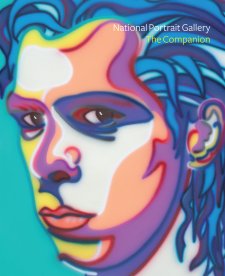
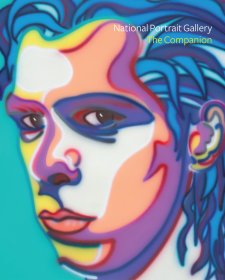

On one level The Companion talks about the most famous and frontline Australians, but on another it tells us about ourselves.
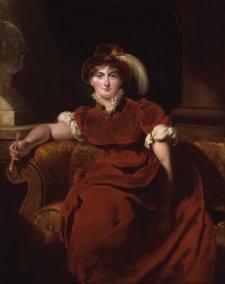
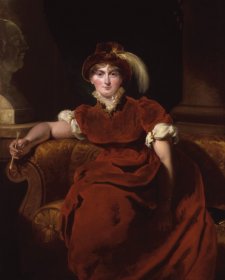
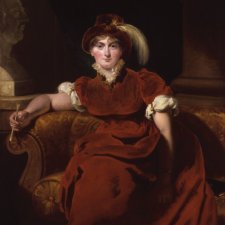
Anne Sanders writes about the exhibitions Victoria & Albert: Art & Love on display at the Queen's Gallery, Buckingham Palace and the retrospective of Sir Thomas Lawrence at the National Portrait Gallery, London.


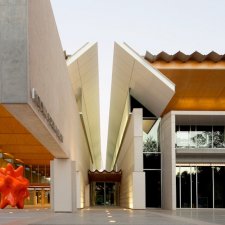
Visit us, learn with us, support us or work with us! Here’s a range of information about planning your visit, our history and more!